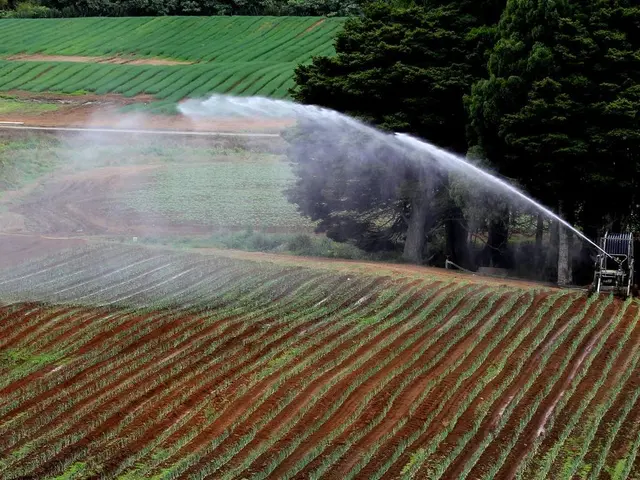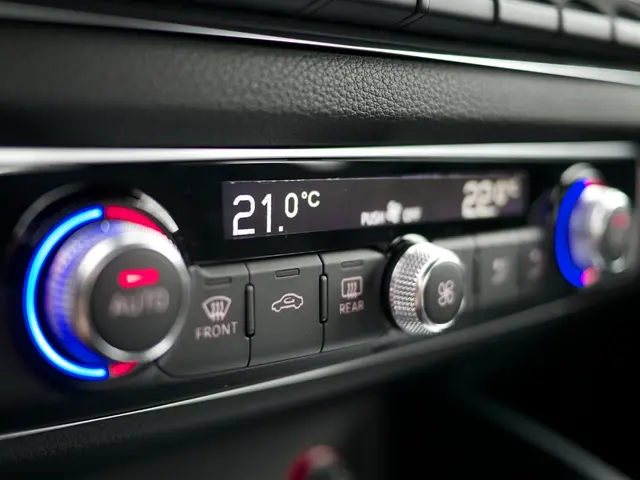Ireland's CAP25: Final Climate Plan Before 2030 Targets
The Irish Government has approved its updated Climate Action Plan, CAP25, which is the final plan before the second carbon budget period of 2026-2030. This is the fifth overall update and the third since Ireland committed to reducing its greenhouse gas emissions by 51% by 2030 and achieving climate neutrality.
CAP25, the first carbon budget plan, has been welcomed by environmentalists. It includes new sector-specific actions such as an Offshore Transmission Strategy and a third interconnector by 2030. The Government targets to expand its offshore wind resources from 25MW in 2023 to 5GW by 2030. To meet the 2030 targets, an additional 4,333MW of onshore wind and 7,555MW of solar generation is required.
Agricultural emissions decreased by 4% in 2023, primarily due to reduced nitrogen fertilizer purchases by Irish farmers. However, transport emissions increased by 0.3% in the same year. Overall, Ireland's emissions reduced by 7% in 2023, driven by the electricity sector. The Government estimates potential fines for failing to meet the 2030 statutory targets at €8.1 billion.
CAP25, the final plan before the second carbon budget period, outlines Ireland's commitment to reducing emissions and transitioning to a low-carbon economy. The Government aims to significantly expand renewable energy sources, particularly offshore wind, and supports farmers in reducing agricultural emissions. However, the plan also acknowledges the challenge of increasing transport emissions and the potential financial consequences of not meeting targets.
Read also:
- Summarized Report: Insights from the Realm of Transportation
- Recorded surge in electric vehicle registrations during the initial half of the year
- Polestar CEO, Lohscheller, voices concern on the ongoing debates about competitors' products: "Maintain focus, avoid distractions"
- Jane Goodall's Legacy: From Chimpanzee Tool Use to Global Conservation








